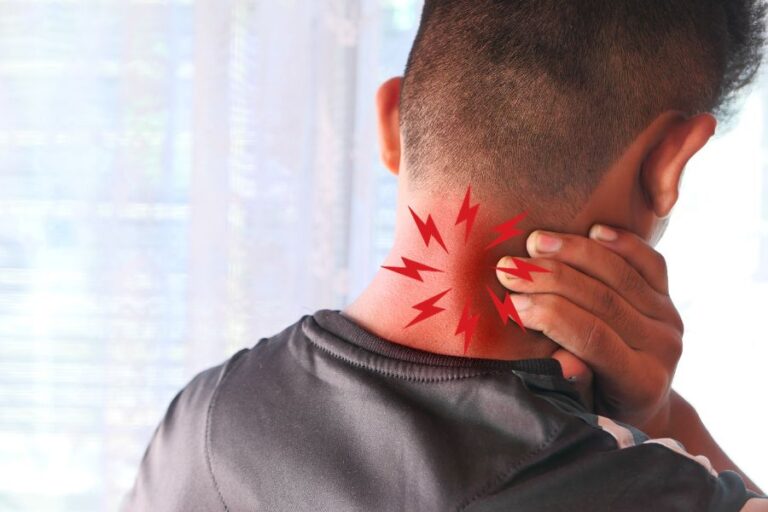- Phone: +91 94800 58379
- Mon-Sun 24/7
- contact.sanyrahospital@gmail.com


Neck pain

Neck pain is a common issue that can significantly impact daily life, often resulting from poor posture, muscle strain, or underlying conditions such as arthritis. Effective treatment is essential for alleviating discomfort and preventing chronic issues. Common treatments include physical therapy, medications, and lifestyle changes to improve posture and reduce strain. In some cases, more advanced interventions like injections or surgery may be necessary. For those seeking relief, Neck Pain Treatment in Bangalore offers access to experienced specialists and comprehensive care. By addressing the root cause and providing personalized treatment plans, patients can achieve long-lasting relief and regain their quality of life. Whether the pain is acute or chronic, timely and appropriate treatment is key to recovery.
Our experienced Specialists in Kengeri, offer effective solutions to alleviate your discomfort and improve your well-being. Whether you need Neck Pain Treatment in Kengeri or Bangalore, we provide personalized care and advanced techniques to address your specific needs. Trust us for the best treatment for neck pain in Kengeri or Bangalore. We focus on identifying the root cause of your pain to provide long-lasting relief. Contact us today to schedule an appointment and start your journey to a pain-free life.
Our expert doctors specialized in providing advanced care to help you find relief from Chronic Neck Pain. Whether you need a Neck Pain Doctor in Kengeri or Bangalore, we offer personalized treatment plans according to your unique needs. Trust us for the Best Neck Pain Doctor in Kengeri or Bangalore. Our team uses the latest treatment methods to ensure optimal outcomes and Faster Recovery. Contact us today to learn more about our services and start your journey towards a pain-free life.
Neck pain arises from poor posture, muscle strain, injuries, degenerative conditions, and serious issues like spinal infections or tumours. If persistent or severe pain persists or has concerning symptoms, seek medical attention. Healthcare professionals can evaluate, perform tests, and provide appropriate treatment to address the underlying cause.
Conditions such as herniated discs, spinal stenosis, degenerative disc disease, and cervical radiculopathy often necessitate neck pain surgery.
Surgery is typically considered when conservative treatments like medications, physical therapy, and injections fail to relieve pain and improve function.
A thorough evaluation by a spine specialist, including imaging tests and a physical examination, will determine if surgery is necessary.
Recovery time varies depending on the type of surgery, but it generally ranges from a few weeks to several months.
Surgery is effective for specific conditions; however, not all neck pain can be alleviated through surgical intervention.

We are happy to assist you! Fill the form we will contact you soon!
Sanyra Hospital is a leading Multi-Speciality Hospital in Kengeri Bangalore and diagnostic centre. With a commitment to providing high-quality healthcare services, it offers a wide range of medical specialties and advanced diagnostic facilities to meet the diverse healthcare needs of the community. We have dedicated urology center & dialysis center.
© 2023, Sanyra Hospital. All Rights Reserved.
WhatsApp us